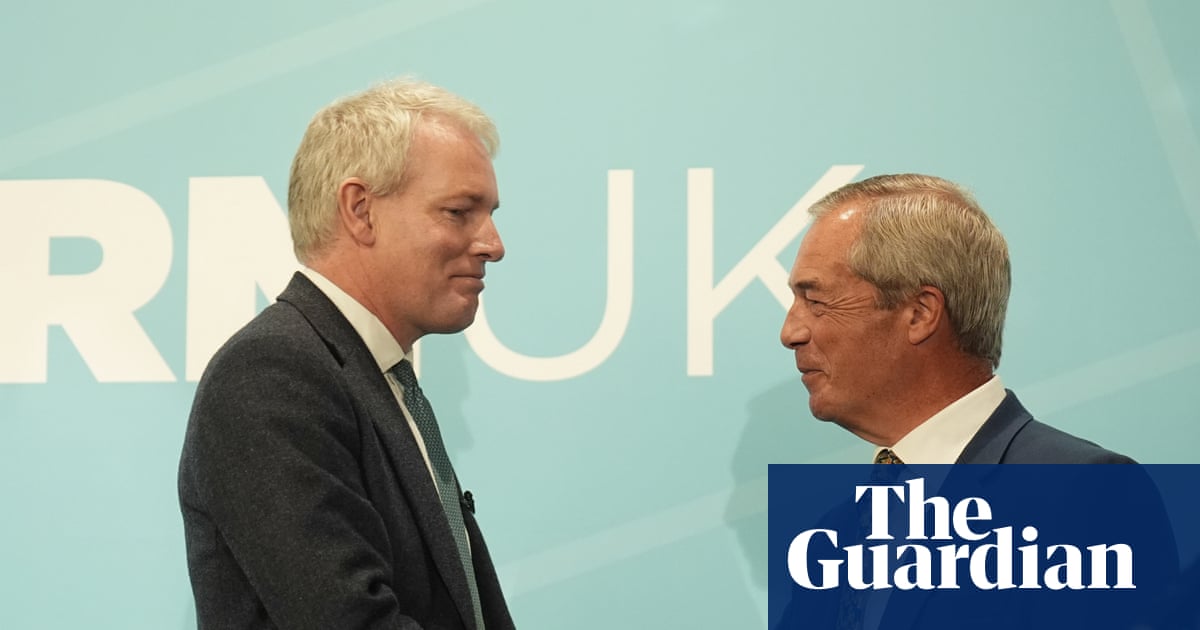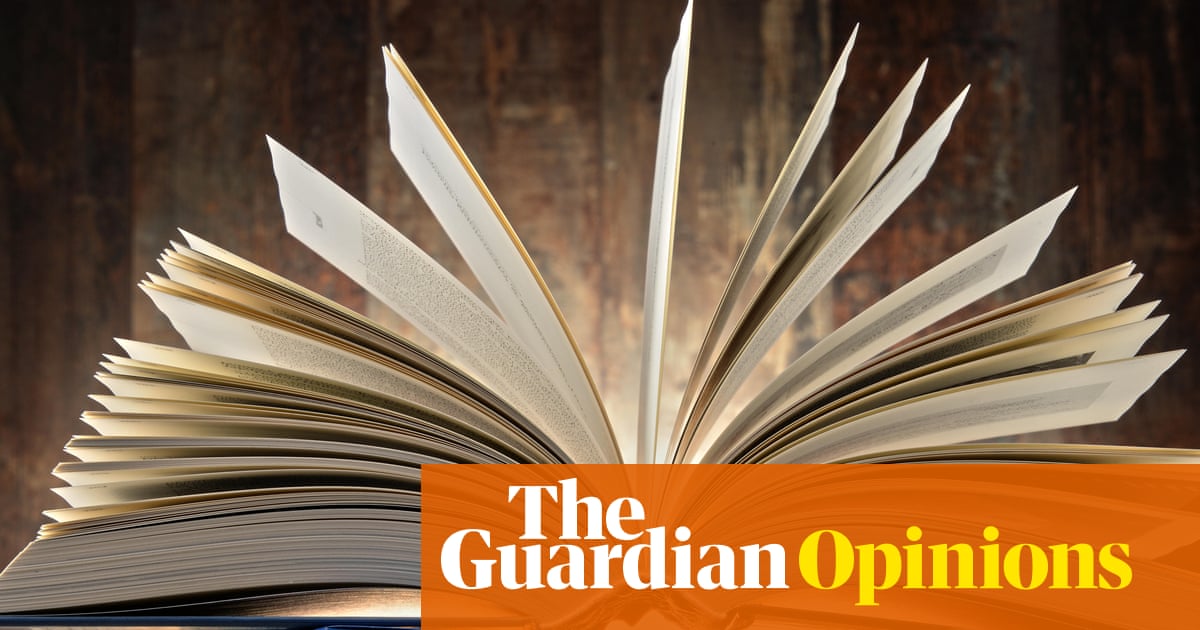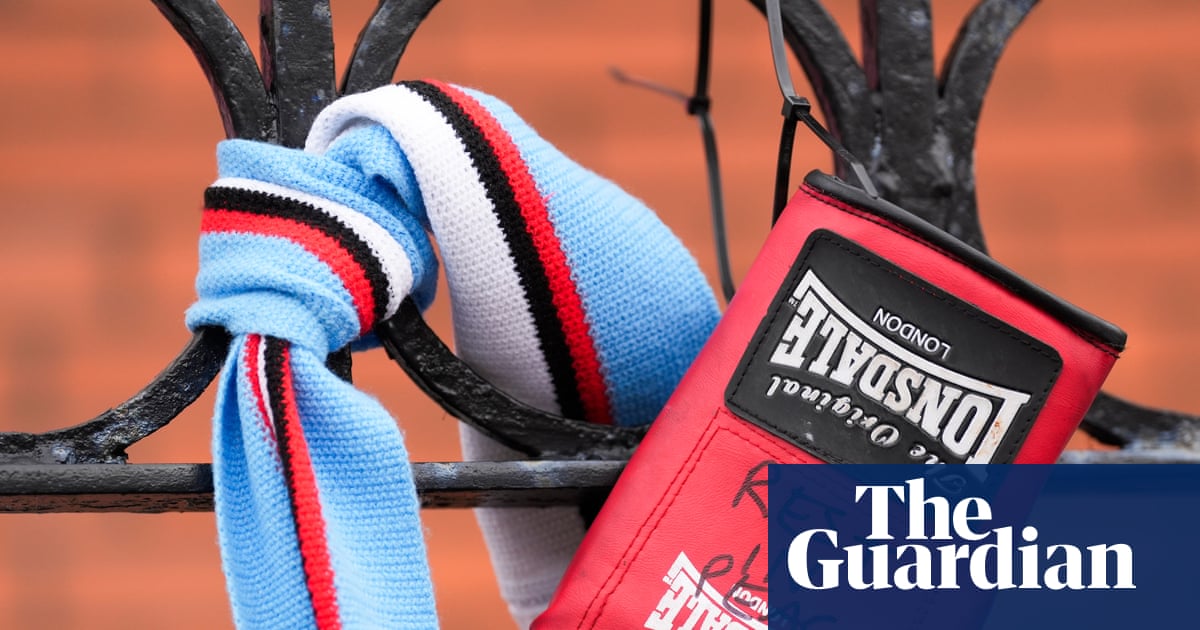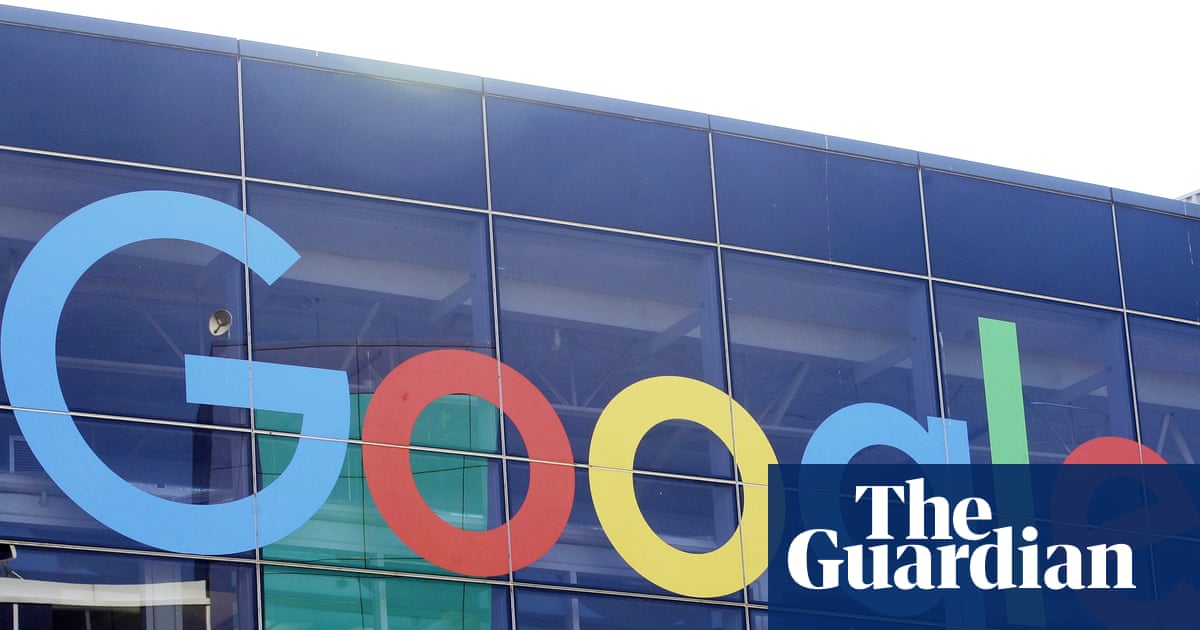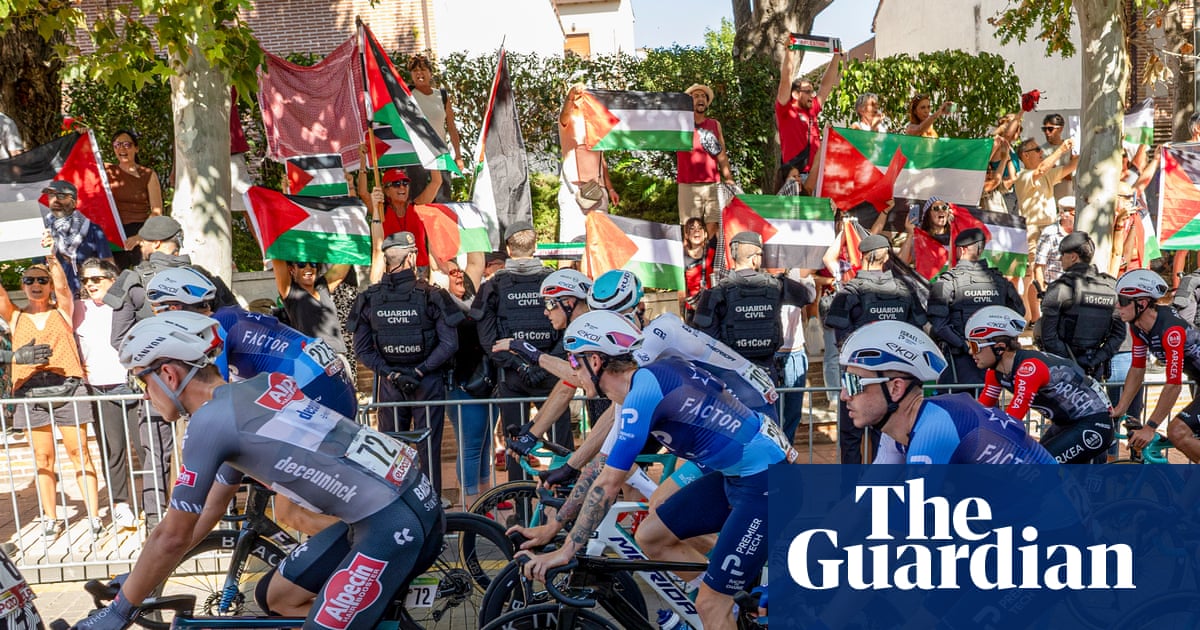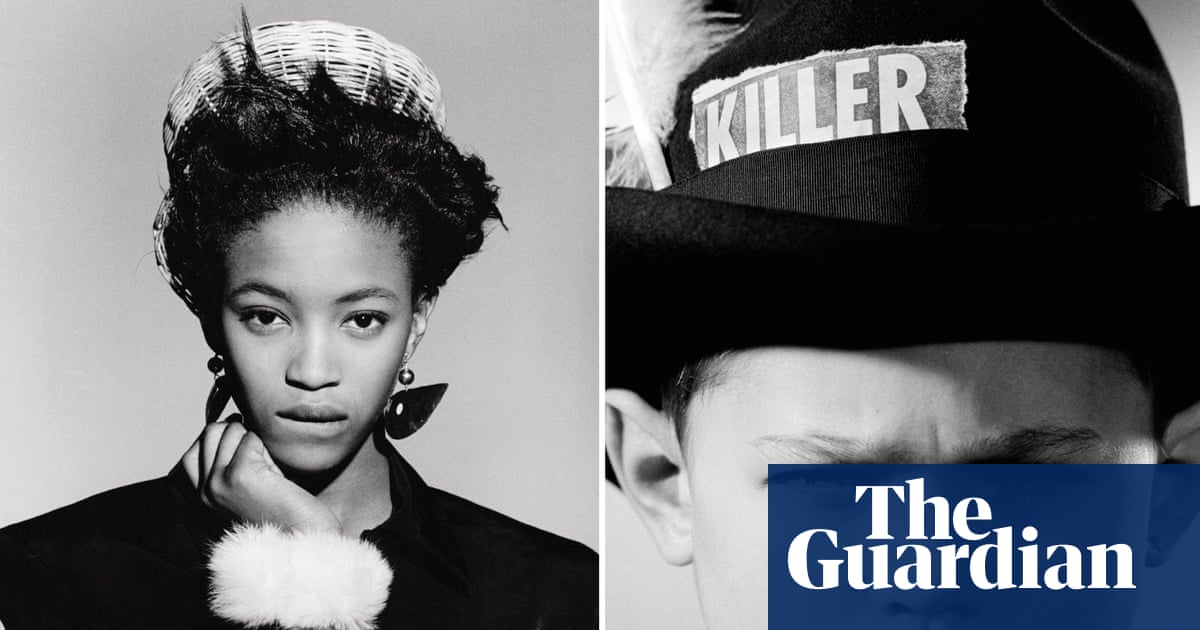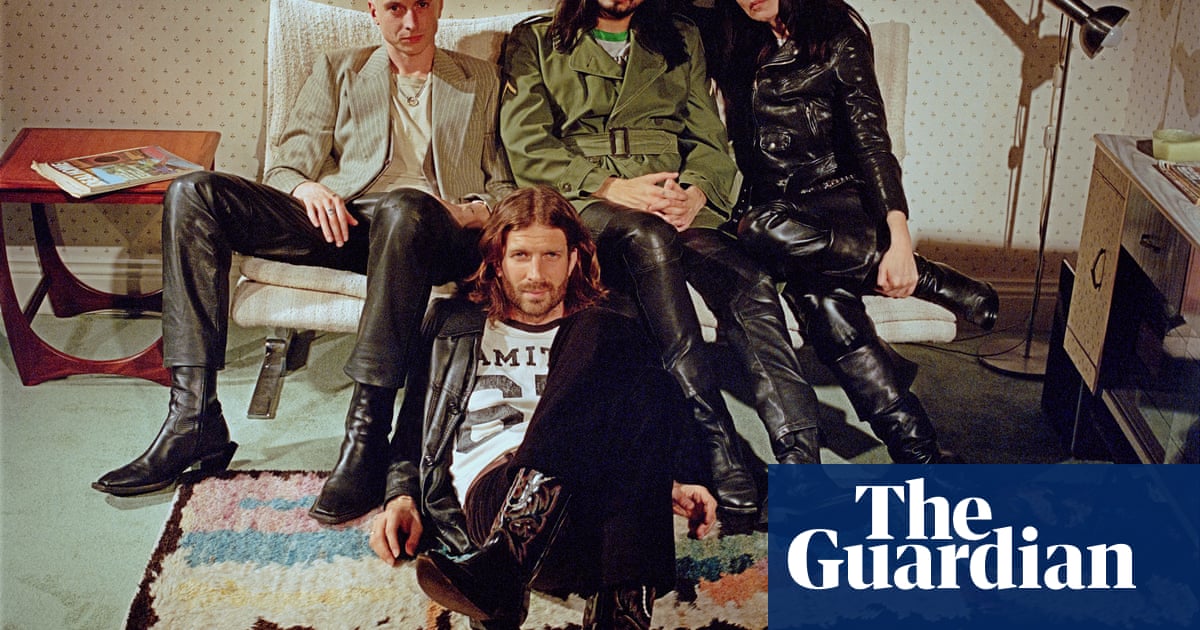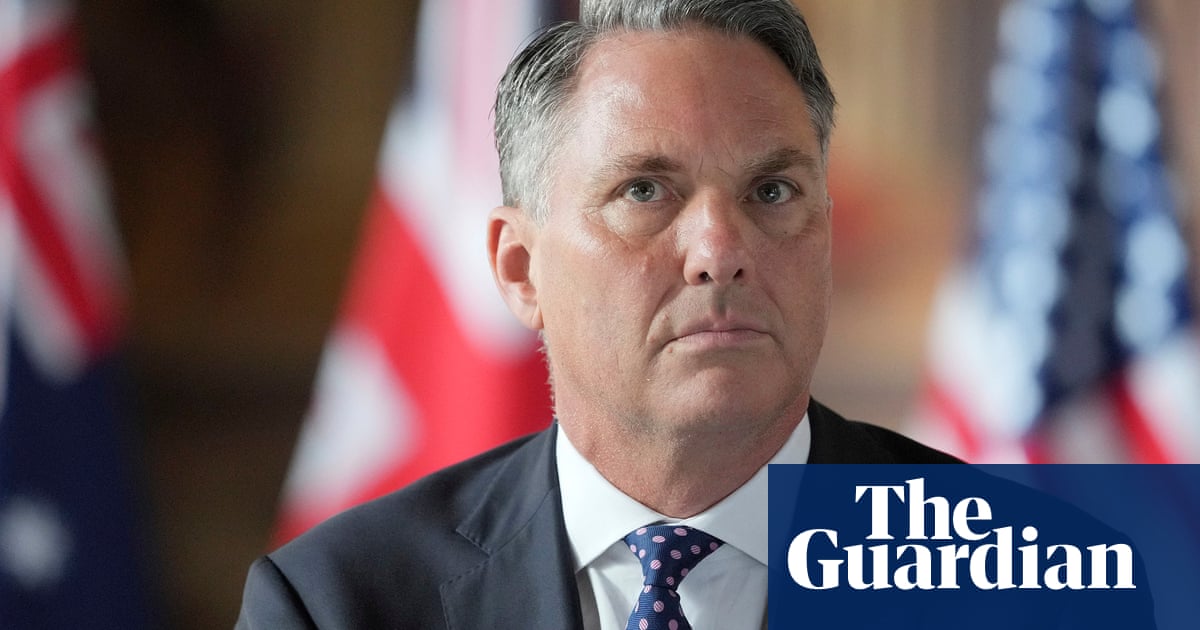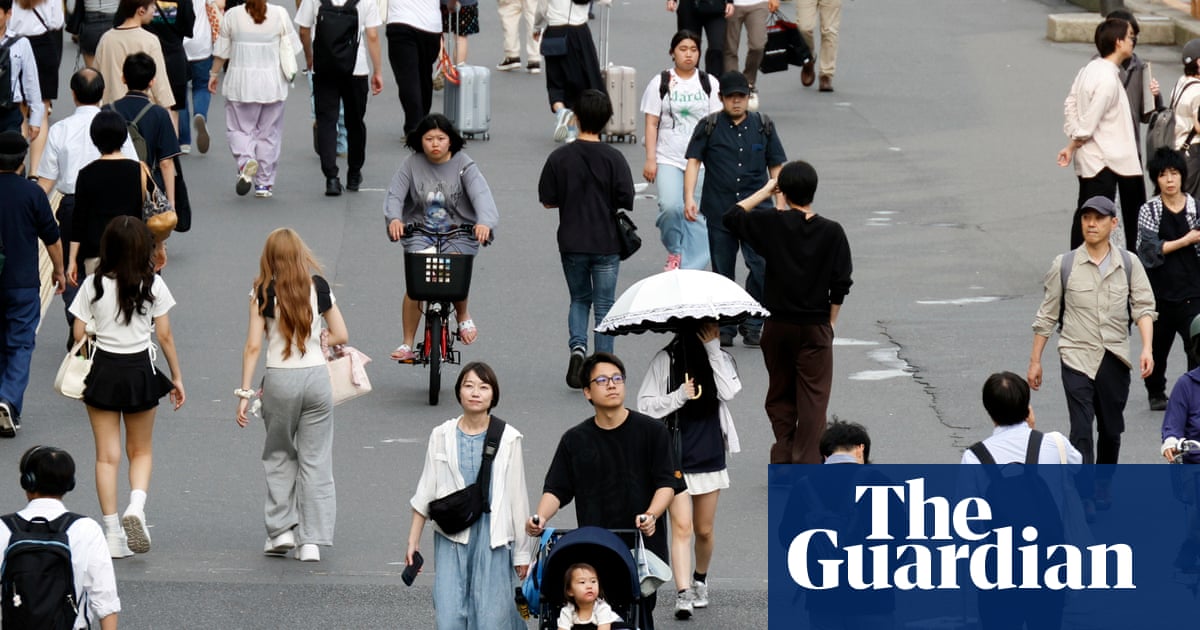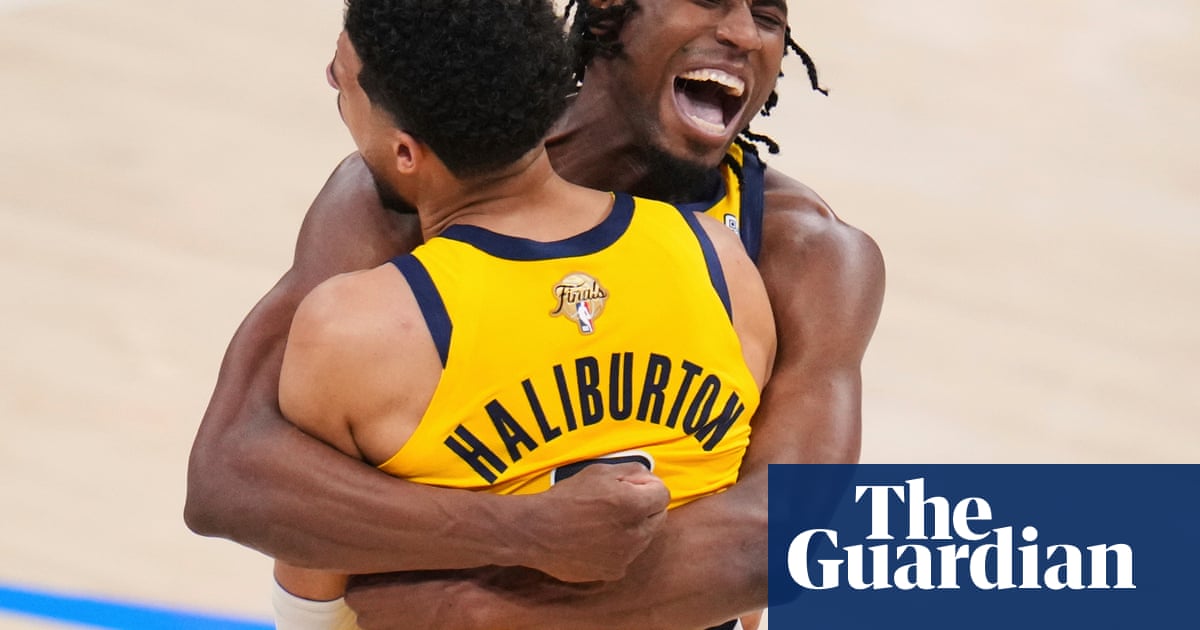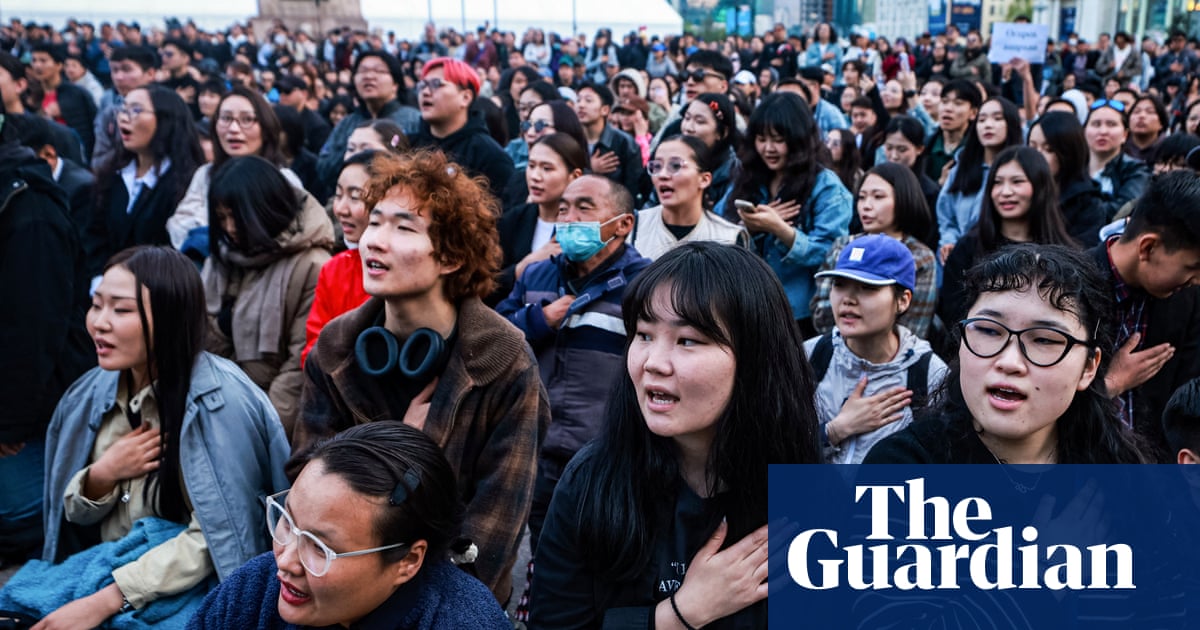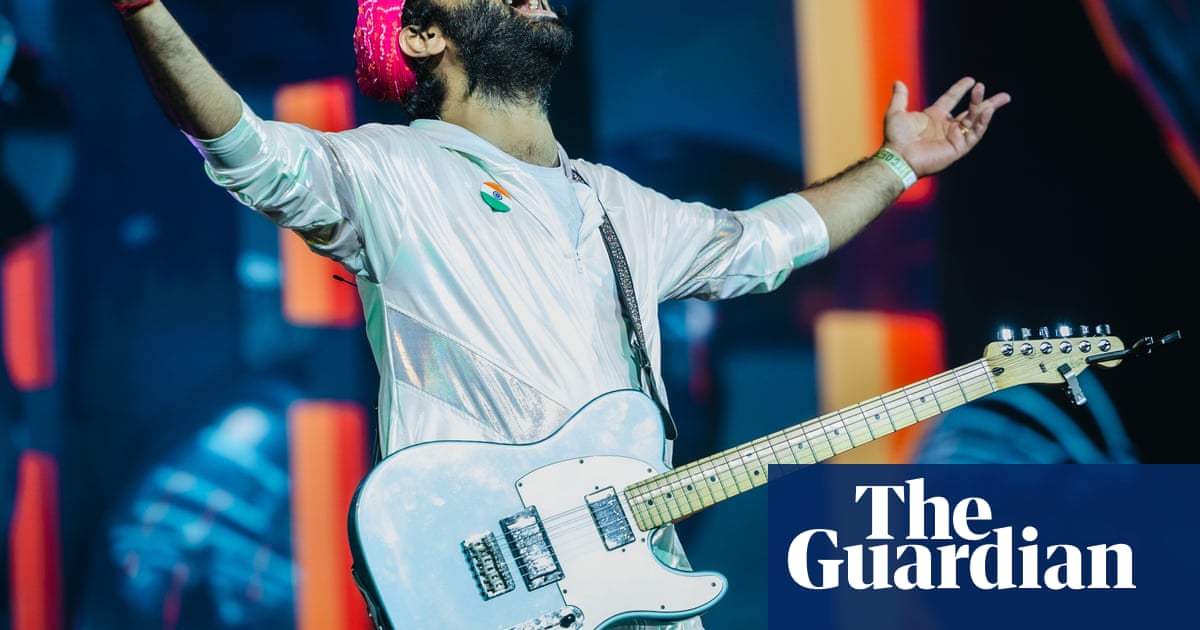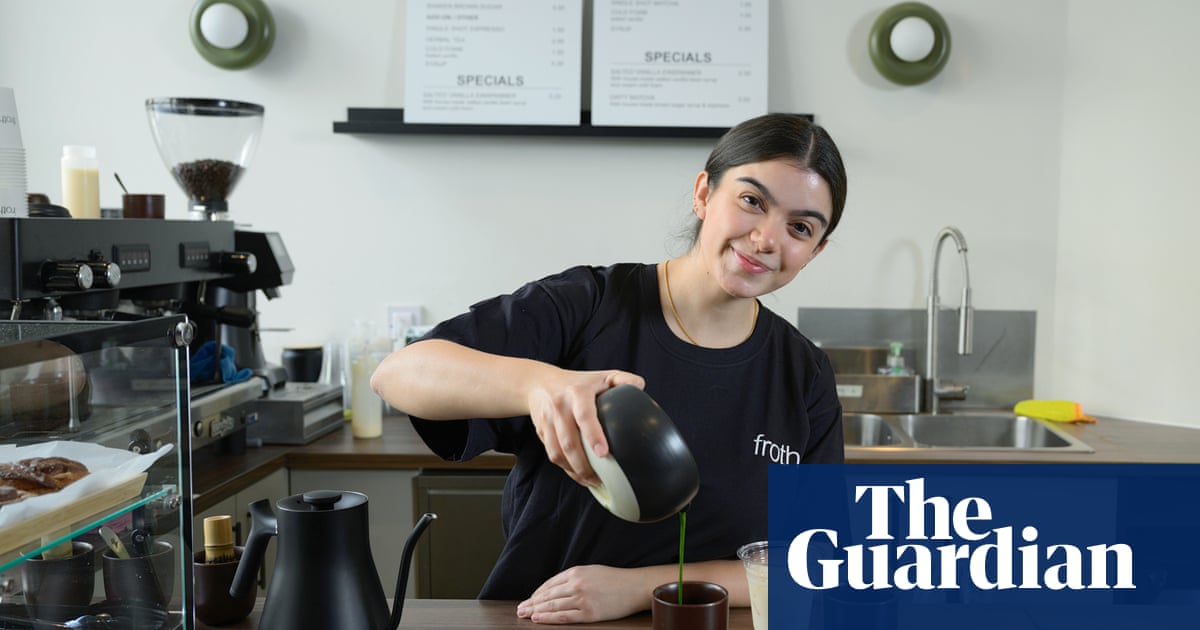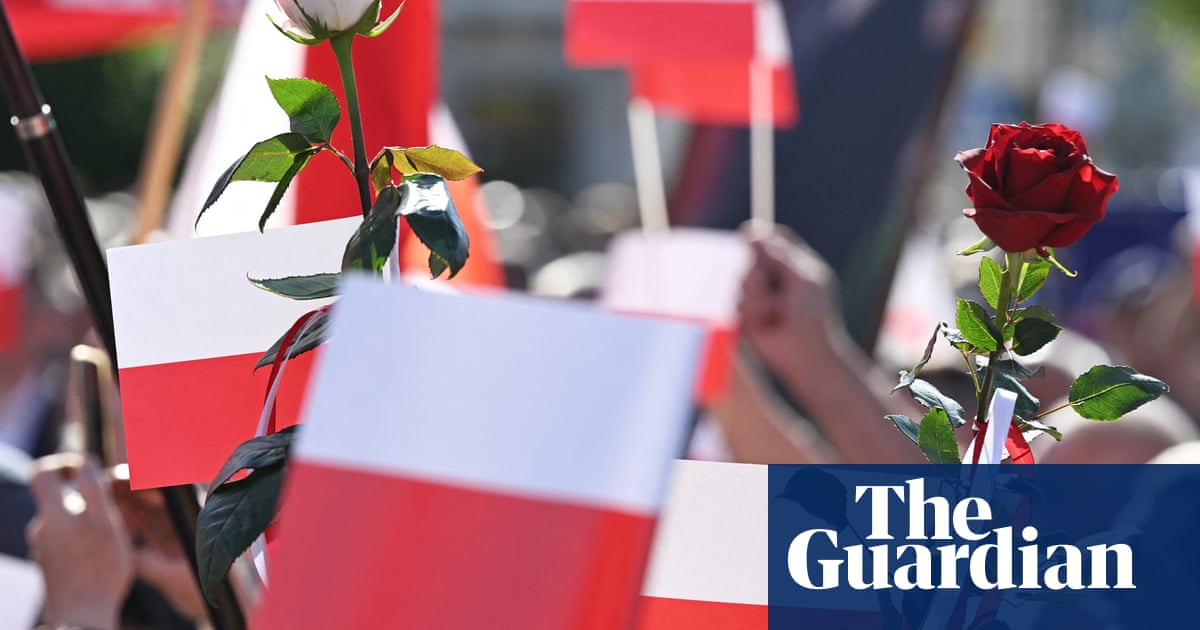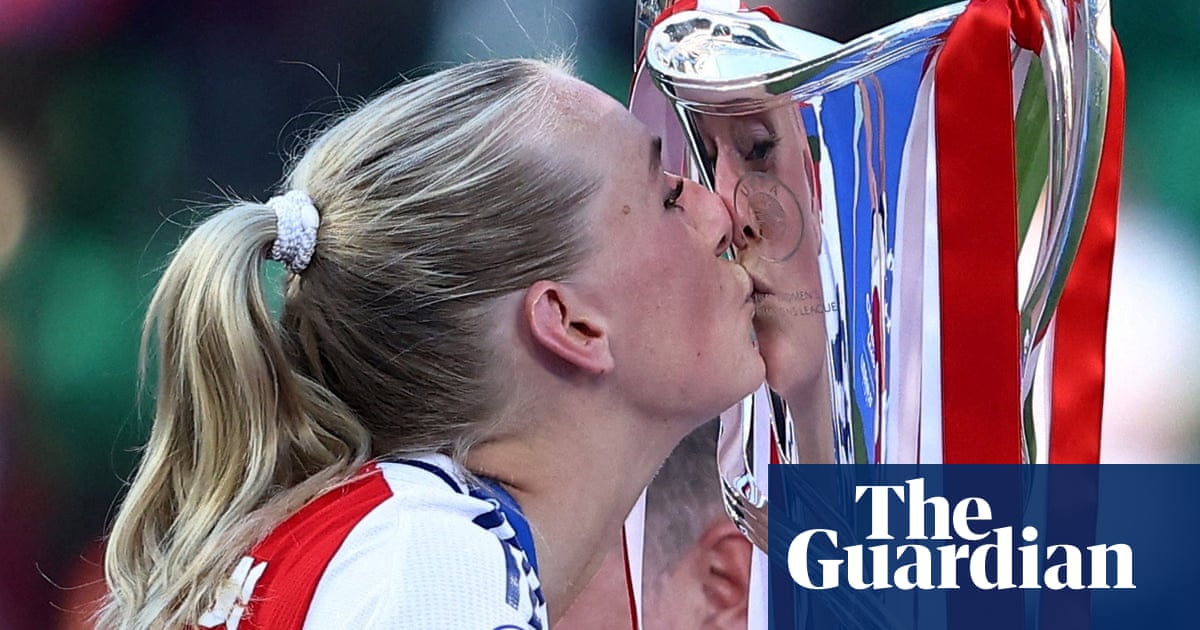In February, when Donald Trump was directing his opening tariff salvo at Canada and Mexico, Diageo reckoned it could be looking at a $200m (then £161m) hit to profits in just four months. An annualised rate of $600m was large but you can understand why: Canadian whisky and Mexican tequila are big sellers for Diageo into the US.
Thus Monday’s number of $150m, after a few more spins of Trump’s tariff dial, could almost be considered cheery news. This one is for a full 12 months, note, and the makeup has changed entirely. The original 25% Canadian and Mexican tariffs have gone (at least on the latest iteration) but 10% on UK and EU exports to the US have entered the frame. Bad news for Guinness and scotch whisky, where Diageo’s well-stocked cabinet is led by Johnnie Walker, but the overall picture for the group is better. And Diageo thinks it will be able to “mitigate” about half of the impact permanently.
Cue an outbreak of relief in the share price? Not really. The stock has performed no worse than other international drinks groups in the past three months but is still lower than it was in February and, crucially, is still 40% below its post-pandemic party-time highs from early 2022.
That is evidence that the hangover from chief executive Debra Crew’s thumping profits warning in November 2023, caused by overstocking in Latin America, has yet to clear. The whole spirits market globally is in a soft patch, but investors remain a long way from trusting Diageo again. In February, when the group scrapped its longstanding target of shooting for “medium-term” organic sales growth of 5% to 7%, it was because nobody believed the figure would be hit any time soon.
In that context, Monday’s pledge to find $500m of cost savings and achieve $3bn of free cashflow every year from 2026 represent the start of a repair job with investors. Neither ambition seems especially challenging in the context of a group with high gross margins and annual sales of $20bn but, given Diageo’s recent reputation, it is probably best to set targets that are seen as likely to be met.
The intriguing mixer was the promise of disposals “above and beyond smaller brands”. What does that mean? Not Guinness, it is safe to assume. But the definitions were left vague. The last rump of the east African spirits business? The local Chinese spirits operation? The Indian Premier League cricket franchise, Royal Challengers Bengaluru, owned by Diageo’s majority-owned Indian subsidiary? All might be considered odd fits if you’re to sell a story of corporate leanness to the City but admit that it could take until 2028 to get debt ratios into the desired range.
after newsletter promotion
The other reason for the lack of confidence in Diageo is the fact that the market itself has become harder to read. Monday’s quarterly revenue number was strong, but was plainly inflated by US wholesalers trying to get ahead of tariffs. In the long term, Diageo ought to be fine: tariffs get absorbed, the portfolio of brands is strong, and cost efficiencies, if done properly, should keep the profits line moving faster than the sales line. But, given the turmoil of the past couple of years, the market wants to see it happen. Diageo is not there yet.

.png) 3 months ago
52
3 months ago
52


